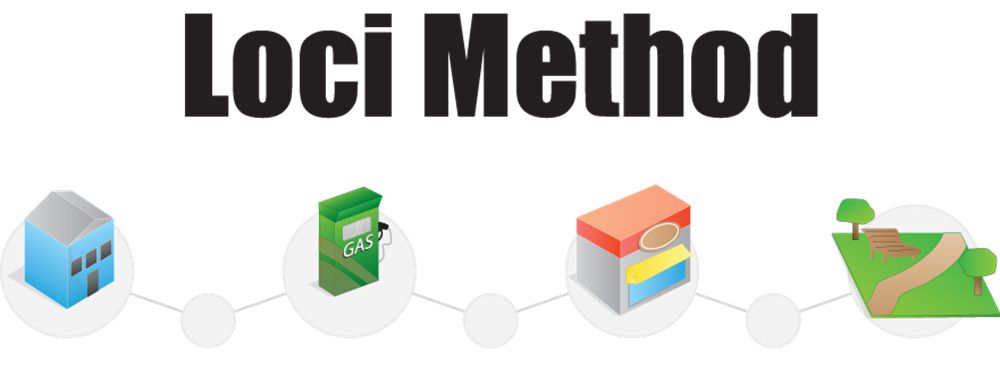The Producers Price Index (PPI) is a crucial economic indicator that measures the average changes in selling prices received by domestic producers for their output over time. While it may not be as well-known as the Consumer Price Index (CPI), the PPI plays a significant role in influencing market sentiment and price action. In this article, we’ll explore the impact of the PPI on these aspects of the financial markets.
Understanding the Producers Price Index
The PPI is compiled and reported by government agencies, such as the Bureau of Labor Statistics in the United States. It tracks price changes in a wide range of goods and services at the producer level, including raw materials, intermediate goods, and finished products. These price changes are closely monitored by investors, economists, and policymakers, as they provide valuable insights into inflationary pressures within the economy.
Market Sentiment
- Inflation Expectations: One of the most direct impacts of the PPI on market sentiment is through its influence on inflation expectations. When the PPI indicates a sustained increase in producer prices, it can lead to expectations of higher consumer prices in the future. Investors and traders closely follow these inflation expectations, as rising prices erode the real value of money, affecting investment decisions and asset allocation.
- Interest Rates: PPI data can also influence central banks’ decisions regarding interest rates. Central banks, like the Federal Reserve in the U.S., use inflation data, including the PPI, to gauge the health of the economy. If the PPI reveals consistently high inflationary pressures, central banks may respond by raising interest rates to curb inflation. This, in turn, impacts bond yields and can lead to shifts in market sentiment.
- Stock Markets: The PPI can affect stock market sentiment as well. A rising PPI may lead investors to expect higher production costs for companies, potentially resulting in lower profit margins. This can lead to caution among investors and affect stock prices, especially in industries with high input costs.
- Currency Markets: Currency traders pay close attention to the PPI, as it can influence exchange rates. A strong PPI indicating higher producer prices may lead to a stronger domestic currency, as it signals a relatively stronger economy. Conversely, a weak PPI may lead to a depreciation of the domestic currency.
Price Action
- Commodity Prices: The PPI has a direct impact on commodity markets. When the PPI rises, it can drive up the prices of raw materials and other inputs for producers. These increased costs can result in higher commodity prices, affecting industries such as mining, agriculture, and energy. Traders in commodity markets often use PPI data to inform their price predictions and trading strategies.
- Supply Chain Disruptions: The PPI also affects price action by highlighting supply chain disruptions and bottlenecks. A sharp increase in producer prices can indicate that supply chains are under stress due to various factors, such as shortages of raw materials or transportation issues. These disruptions can lead to volatile price movements for affected goods and impact industries across the board.
- Investor Reaction: As the PPI data is released, investors and traders often react quickly to the news. Positive PPI data can lead to immediate buying in markets, while negative data can trigger selling. Price action in response to PPI releases can be especially pronounced in markets with strong inflationary concerns.
In conclusion, the Producers Price Index is a crucial economic indicator that significantly impacts market sentiment and price action. It provides valuable insights into inflationary pressures, influencing investment decisions, interest rates, and asset prices.
Traders and investors closely monitor the PPI to navigate the ever-changing financial landscape and make informed decisions based on the data it provides.





